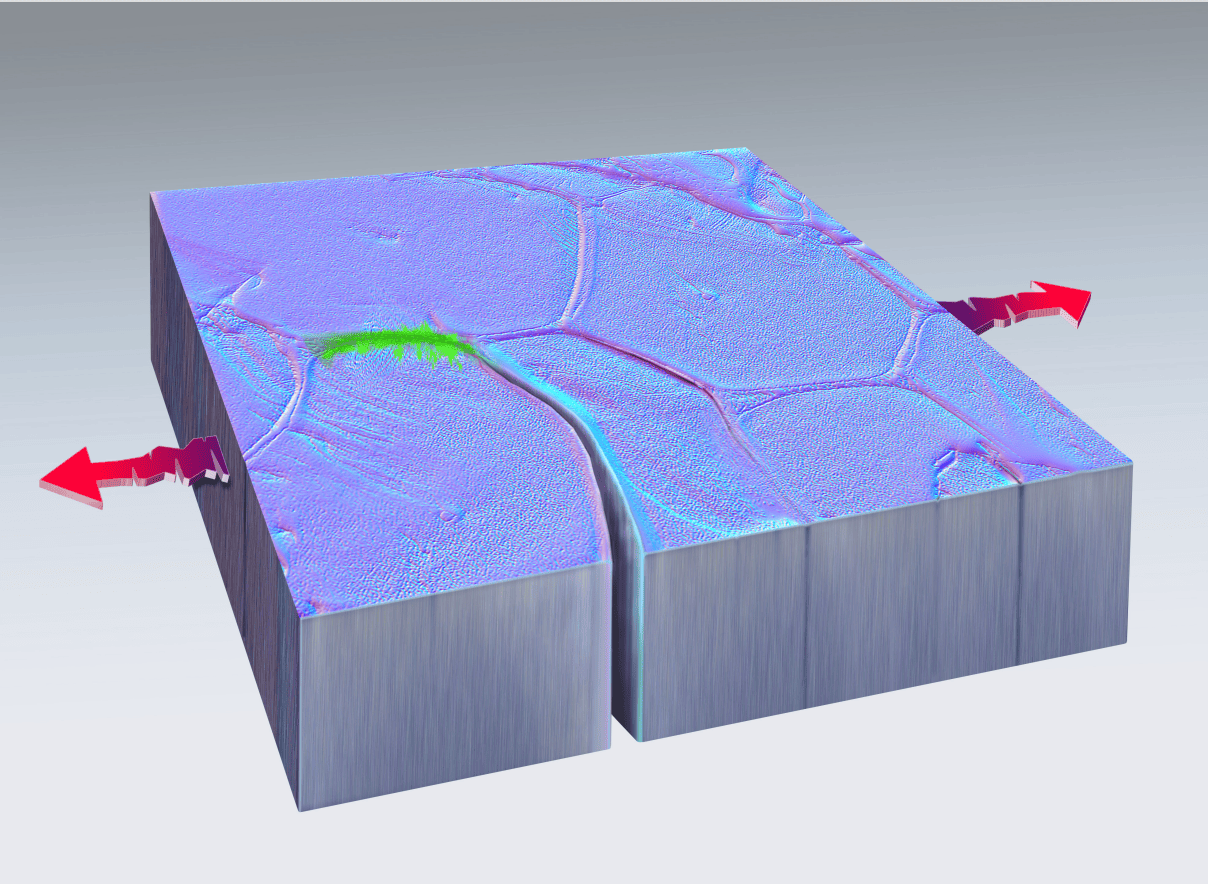
A groundbreaking revelation by scientists at Sandia National Laboratories and Texas A&M University has fundamentally challenged our understanding of metals. The team observed a self-healing phenomenon in metals, where cracks formed due to fatigue appeared to autonomously heal, a process referred to as crack flank cold welding. This unexpected discovery could revolutionise engineering, potentially creating self-healing machines, engines, bridges, and planes. The self-healing process, observed at nanoscale, contradicts the belief that cracks in metals can only expand. Initial theories of self-healing metals were postulated by Michael Demkowicz, a professor at Texas A&M University. The discovery, made at the Center for Integrated Nanotechnologies, also hints at the potential benefits this could bring to space technology. The researchers described their findings in the journal Nature.
- Scientists at Sandia National Laboratories and Texas A&M University discovered a groundbreaking self-healing phenomenon in metals called “crack flank cold welding.”
- This unexpected discovery could revolutionize engineering, potentially leading to the development of self-healing machines, engines, bridges, and planes.
- Further research is needed to fully comprehend the process, explore different atmospheres’ effects, and induce self-healing in conventional metals in air.
Cracking the code: Autonomous metal healing
While studying the behaviour of nanoscale fatigue cracks in metals, scientists were taken aback by what they observed. Cracks that started to form in the metal began to reverse their progression and autonomously mend themselves. This incredible phenomenon, referred to as ‘crack flank cold welding’, was observed in more than half of the experiments carried out, suggesting its occurrence might not be as rare as previously thought.
This process of self-healing was witnessed in pieces of pure platinum and copper. The cracks, caused by metal fatigue, began to heal spontaneously during these nanoscale experiments. The scientists expressed optimism that this ability could potentially be engineered into metals, allowing for the creation of self-healing machines and structures in the future.
Overturning established theories
In the world of materials science, the common belief has been that cracks in metals can only grow larger, never smaller. The discovery of self-healing metals, however, challenges this long-standing assumption. Michael Demkowicz, a professor at Texas A&M University, had previously proposed a theory suggesting that metals could weld shut cracks formed by wear and tear. The observations made at the Center for Integrated Nanotechnologies, a Department of Energy user facility jointly operated by Sandia and Los Alamos national laboratories, have now validated Demkowicz’s theory.
The traditional approach to preventing fatigue failures in structural applications has been to use large safety factors and overdesign. This new discovery of metals’ ability to autonomously mend their wounds provides an alternative solution, which could result in more efficient and durable structures.
The future of self-healing metals
While this self-healing process is remarkable, it is important to note that it has been observed only at the nanoscale level, with only the leading segment of the crack healing. Understanding the fundamental process of fatigue failure and self-healing could help engineers develop principles to mitigate fatigue failures in engineered structures.

As to the potential applications of self-healing metals, the implications could be enormous. Although the practical applications and long-term implications are yet to be fully comprehended, researchers suggest that space technology could be an early contender for the implementation of self-healing metals. However, they also acknowledge that a decade or more could pass before self-healing is incorporated into such applications.
Moreover, the researchers are keen to explore the conditions under which this healing process can occur, its potential applications in different atmospheres, and whether it can be induced in conventional metals in air.

